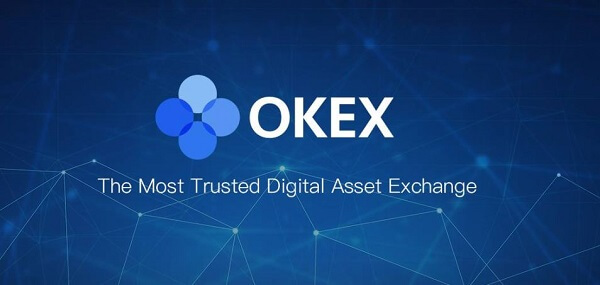What is quantitative easing, and how does it work?

Although there are parallels between some measures taken in the world of cryptocurrencies and the consequences of quantitative easing, it is difficult to directly apply conventional ideas of monetary policy to cryptocurrencies due to their decentralized nature.
In contrast to traditional financial systems, the idea of QE does not apply directly to the world of cryptocurrencies. Cryptocurrencies, such as Bitcoin (BTC) and Ether (ETH), run on decentralized networks and are not regulated by governments or central banks. As a result, no one institution can implement conventional monetary policy measures like quantitative easing in the crypto industry.
However, there are some potential implications to consider:
Supply dynamics
Traditional quantitative easing involves central banks buying financial assets to raise the money supply. In the world of cryptocurrencies, some cryptocurrencies, such as BTC, which has a fixed supply of 21 million coins, have set or capped supplies. Thus, there are differences in supply dynamics. These coins don’t produce new units; therefore, hodlers may see swings in value owing to supply constraints.
Forking and airdrops
In the cryptocurrency world, there are situations where new tokens are handed to existing hodlers, similar to a central bank’s quantitative easing program in that it expands the quantity of tokens. QE-like distributional effects can be produced through forks and airdrops, but they frequently arise from technical developments or community decisions rather than from deliberate monetary policy.
Stablecoins and collateral
Some stablecoins could theoretically be used in ways similar to QE. For instance, if a stablecoin issuer were to create more stablecoins backed by additional collateral, it could resemble an expansion of the money supply. Stablecoins are often tied to real-world assets; thus, this isn’t precisely the same as QE.
Market dynamics
Due to a variety of reasons, including market sentiment, technological breakthroughs, regulatory developments and macroeconomic trends, cryptocurrency markets may see price gains or reductions. Sometimes, these price changes might be compared to how monetary policy affects conventional assets.













